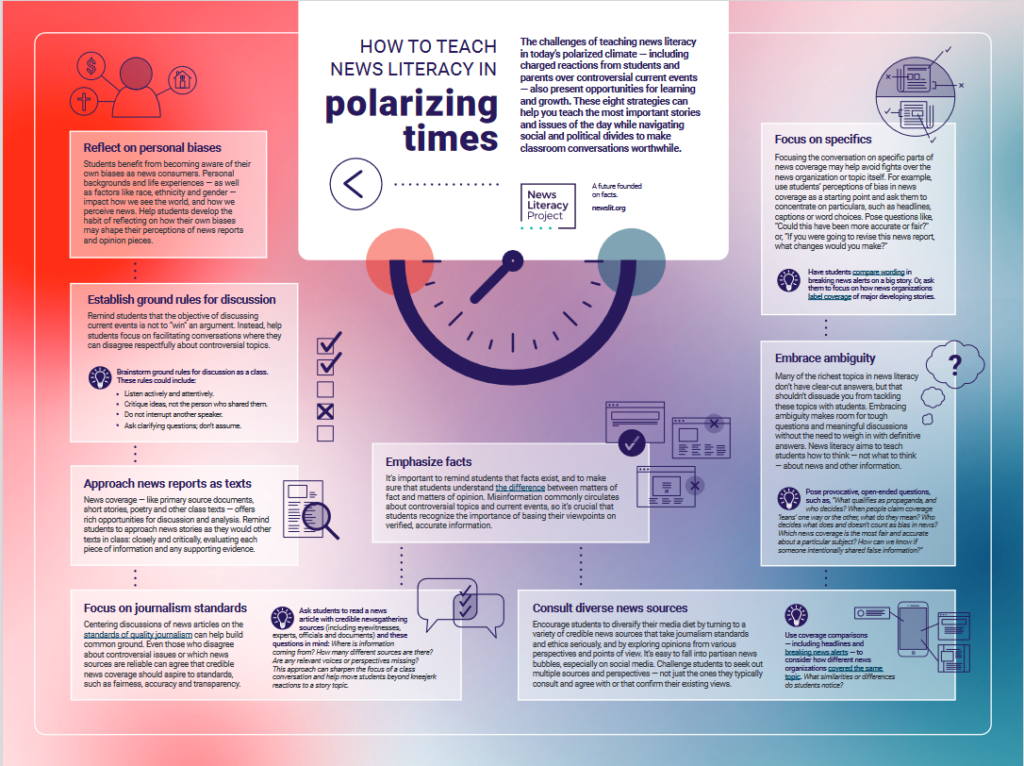With the internet being used as the go to source for information, it is of upmost importance to help students view this information with a critical eye. We can see that kids now are probably more tech savvy than any other generation. However, tech savviness does not really translate into reading comprehension and careful analysis which is the true problem. A wonderful study from the Stanford History education group on this subject speaks exactly on this problem. They found that of some 170 high school students, “Less than 20% of students constructed “Mastery” responses or responses that questioned the source of the post or source of the photo.” It is easier now more than ever to not understand the biases of news sources and take everything at face value. The students in the study did not know what to look for and thus could easily be swept up by a study that is not totally objective, leading students to believe things that are not necessarily true.

This is where social studies and history teachers need to jump into action. This is our bread and butter, we read in a specific way especially when evaluating sources. We just have to apply our skills to a web-based medium, such as looking at the ads promoted on the site, where did data come from, who is the author, and what could be some biases that they carry? Even in recent news we can see the real-world effects of a lack of Digital Literacy, with the drop in stock of major corporations because of a fake tweet. The best way to combat misinformation like this is by effectively educating students on what to look for. This perfectly fits in with the skillset of a history educator and can easily be included into a lesson plan. If you include a research project in your unit make sure to give the students the tools to understand were to find reliable information and which places to avoid. You could do this by showing examples of fake tweets, biased language, and site design. Providing students with physical examples is a great way for them to remember what and were to look in an age where digital literacy is more important than ever to learn. Especially since we are perpetually moving into a more digitized society.
